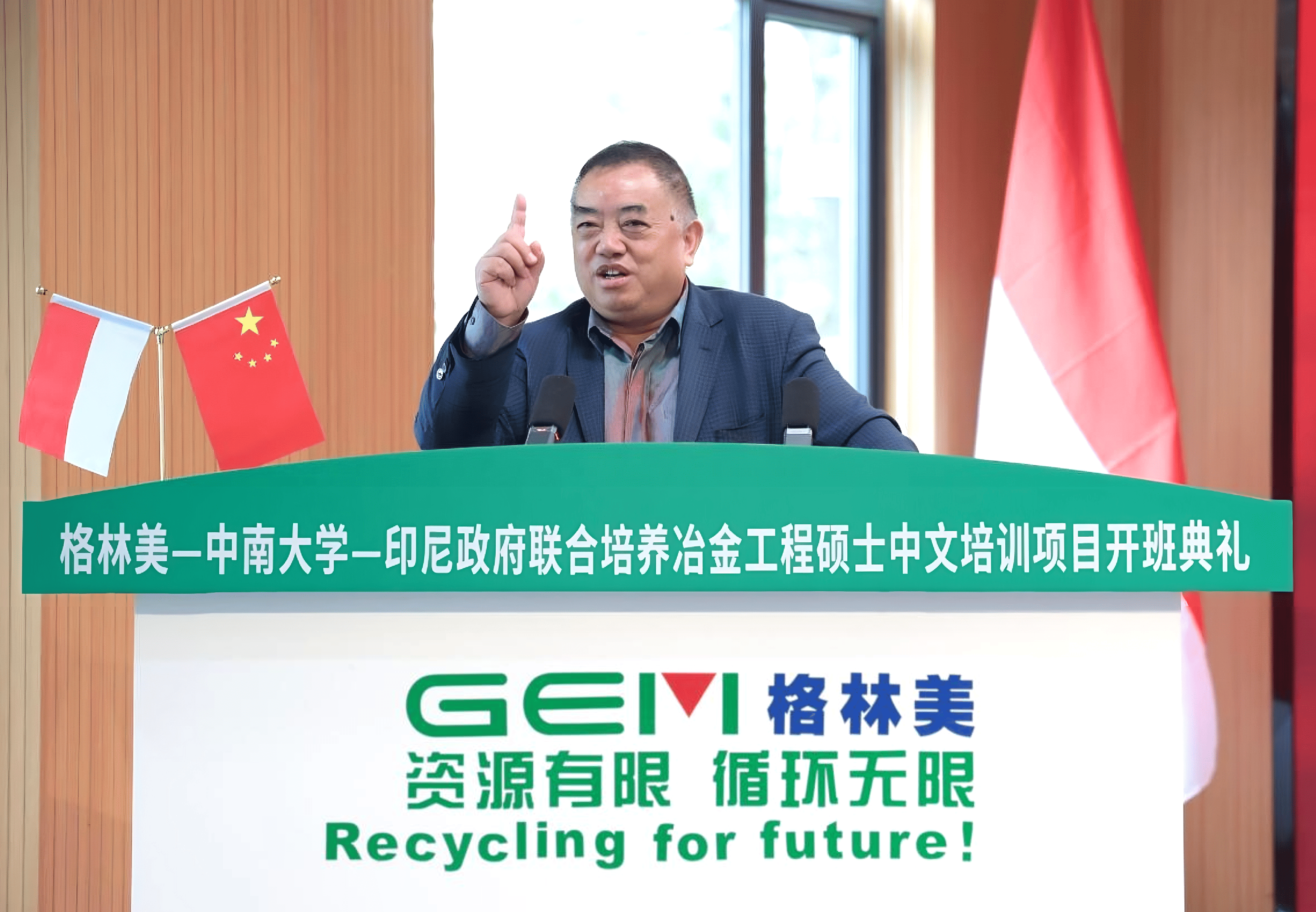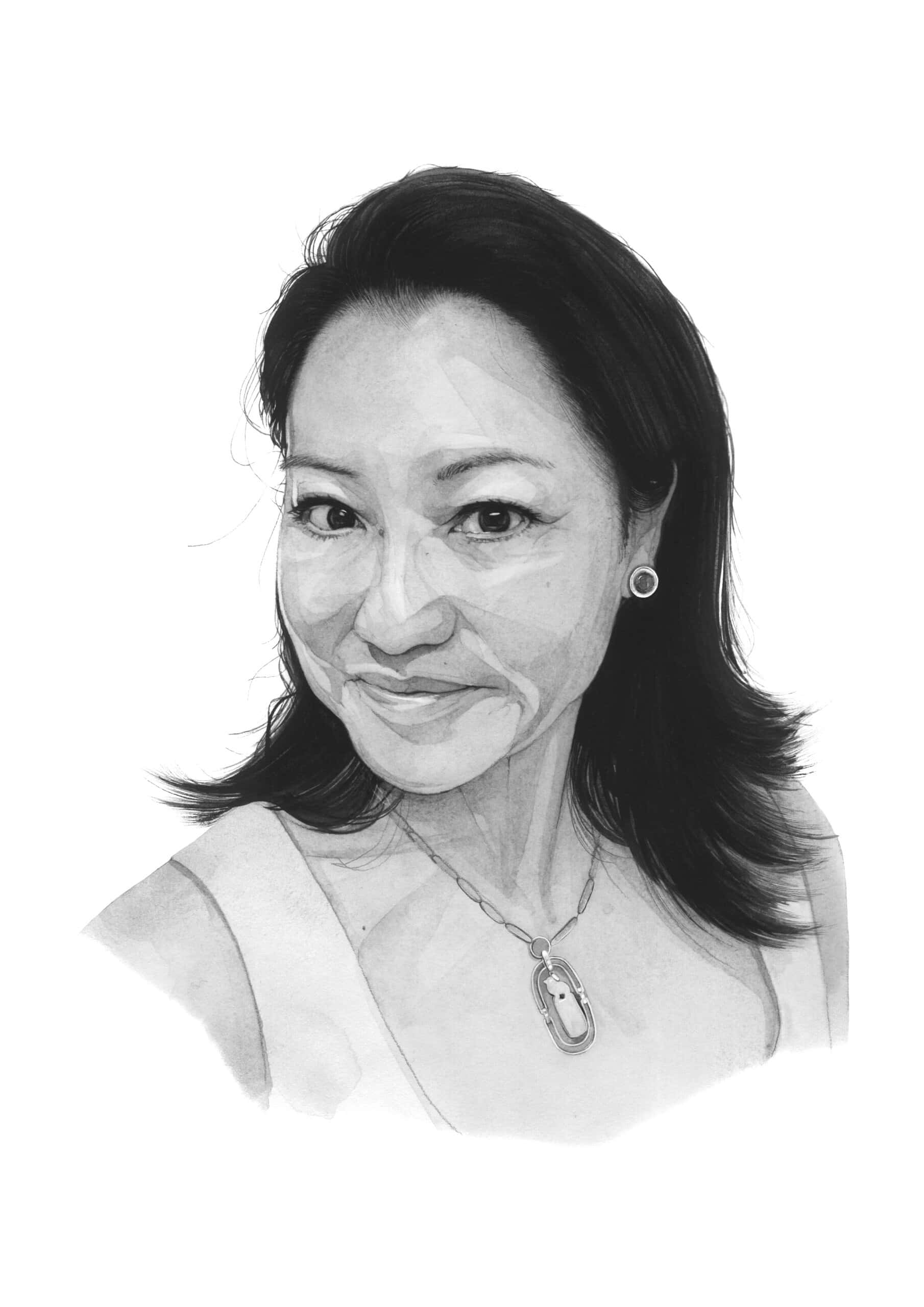
The world’s transition to electric vehicles is raising new questions for companies and governments — including what to do with EV batteries once they’re no longer usable. China, already at the forefront of EV production, has in turn needed to become a leader in reusing critical raw materials such as lithium and nickel from old batteries.

This week, The Wire profiles one of China’s leading recycling companies, Green-Eco-Manufacture (GEM), and looks at why EV batteries have become such a crucial part of its business model in recent years.
A GEM FOR THE CLIMATE
Xu Kaihua, a professor at Central South University in Hunan Province, founded GEM in Shenzhen in late 2001, aiming to resolve what he saw as a double problem: the depletion of non-renewable resources and the environmental pollution caused by extracting them. The company initially helped to popularize urban mining — stockpiling and reusing scrap metals — to reduce waste and promote a circular economy in China.
57-year-old Xu still works as a part-time professor and as vice president of the state-backed China Association of Circular Economy. He and his wife, both Communist Party members, remain GEM’s controlling shareholders via a Shenzhen investment company.
Recycling metals into materials for fresh batteries is important, because although EVs themselves are less polluting than traditional gasoline-fueled vehicles, the process of mining for the likes of cobalt and lithium can be highly damaging to the environment.
It’s also a potentially huge industry: the consulting firm McKinsey & Co predicts that global revenue from battery recycling will reach more than $95 billion a year by 2040.
GEM has become profitable mainly because of its leading position in China, its large home market. The company says it has agreements with 650 automakers and battery manufacturers to recycle their used materials, including with foreign carmaking giants like Mercedes-Benz and Toyota.

“GEM has customers that have been buying from them for many years; they are so far ahead compared to the startups in the rest of the world,” says Hans Eric Melin, managing director at the consulting firm Circular Energy Storage. GEM says it recycled more than 17,000 tons of batteries last year, more than 10 percent of the total across China.
The ready supply of critical raw materials GEM generates has led to changes in its business model: Last year, manufacturing battery materials accounted for nearly three-quarters of its revenue.
“The real mission of GEM today is to be a materials producer, and to use as much recycled material as possible in their production,” says Melin.
In the coming years, there will be more strict regulations regarding which companies will take care of battery recycling. At the moment, the regulations are written but not so strictly enforced.
Xieshu Wang, an expert on China and mobility at Paris-based think tank The Bridge Tank
Still, GEM’s expansion into manufacturing means it is having to buy in plenty of raw materials besides its recycled stock — potentially detracting from its positive environmental impact. The company did not respond to requests for comment from The Wire.
“GEM is also one of the biggest buyers of virgin materials, because the growth of new batteries [supply] is much higher than the growth of recycled materials,” Melin says.
GEM’s pursuit of critical raw materials has made it a global company, with significant interests in Indonesia, South Africa and South Korea. The company has also made early moves towards entering the European market via Hungary.
Click here to read another piece from Aaron Mc Nicholas on on China’s ties with Hungary.

The battery materials industry globally remains unconsolidated, with the top three players — Chinese firms CNGR Advanced Materials, GEM and Brunp — commanding a combined 42 percent market share in 2021, according to Citic Securities.
“Including GEM, there are at least eight to ten big Chinese firms in recycling EVs and batteries, but the market is still quite fragmented,” says Xieshu Wang, an expert on China and mobility at Paris-based think tank The Bridge Tank.
Below are some of the largest battery materials companies involved in recycling, both in China and elsewhere:

GEM and other Chinese recycling companies’ moves to form joint ventures with South Korean partners are part of an effort to access the U.S. market. Last year’s Inflation Reduction Act mandates that in order for EV manufacturers to qualify for U.S. tax credits from 2024 onwards, at least 50 percent of their battery materials must be sourced either from the U.S. or from countries, like South Korea, with which the U.S. has a free trade agreement. That percentage will gradually increase to 80 percent by 2027. The European Union is expected to introduce similar restrictions.
“We’re seeing Chinese players with expertise, with knowledge, with technology, begin looking to Western regions to establish capacity there,” says Sarah Colbourn, a senior analyst at the energy consulting firm Benchmark Mineral Intelligence.
In 2018, a GEM subsidiary was among the first five recycling companies placed on a Chinese government white list for meeting industry standards, a list that now includes 88 companies and subsidiaries.
“In China, there is also still an informal market — there are small shops that buy batteries at higher value and treat them in environmentally unfriendly ways,” says Wang from The Bridge Tank.
This informal market poses a challenge for GEM and its peers. Less than a quarter of the country’s used batteries are currently recycled by whitelisted companies, according to data from the China Industrial Association of Power Sources (CIAPS). The 17,000 tons of batteries that GEM recycled in 2022 represents only a small fraction of its stated annual capacity.
“In the coming years, there will be more strict regulations regarding which companies will take care of battery recycling,” Wang says. “At the moment, the regulations are written but not so strictly enforced.”


Aaron Mc Nicholas is a staff writer at The Wire based in Washington DC. He was previously based in Hong Kong, where he worked at Bloomberg and at Storyful, a news agency dedicated to verifying newsworthy social media content. He earned a Master of Arts in Asian Studies at Georgetown University and a Bachelor of Arts in Journalism from Dublin City University in Ireland.




